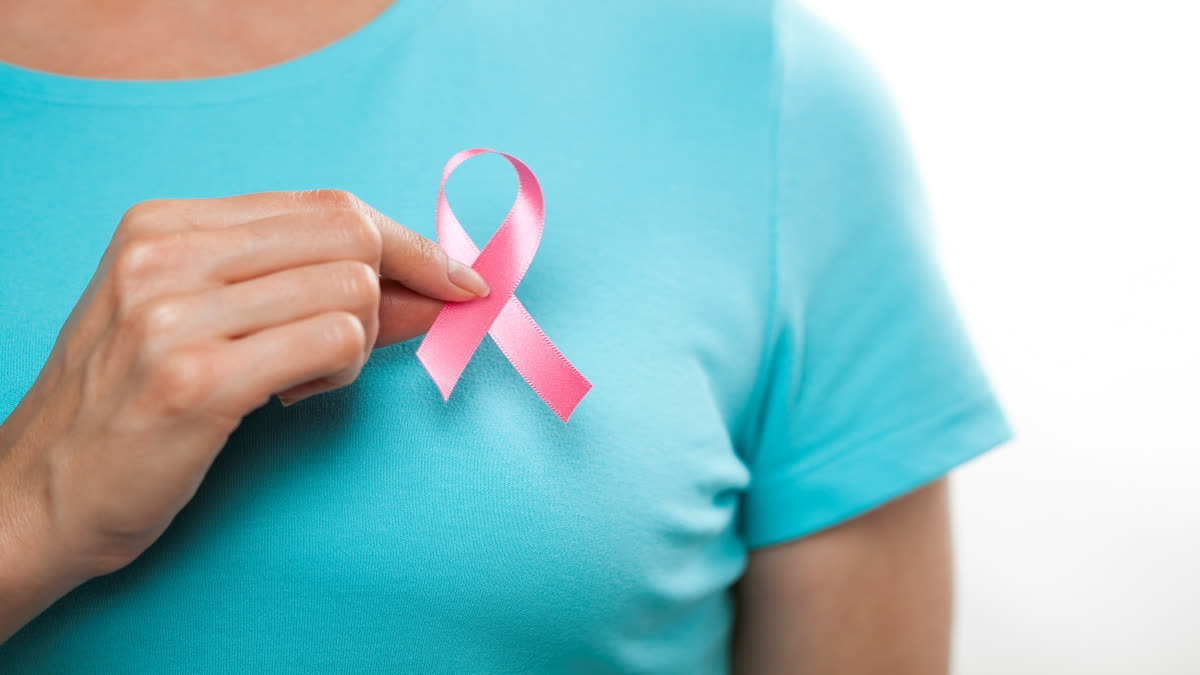Hyderabad:October is International Breast Cancer Awareness Month. It is known as 'Pink October', where individuals worldwide embrace the pink hue and showcase a pink ribbon to highlight the significance of early detection and regular check-ups for the prompt identification of breast cancer, which has become the second most frequently diagnosed form of cancer worldwide.
Cancer starts when cells begin to grow out of control. Breast cancer is the most common type of cancer in women worldwide, with at least 2.1 million women affected each year. In 2022, the World Health Organization (WHO) estimated that 2.3 million women worldwide were diagnosed with breast cancer, and 670,000 people died from it. Breast cancer happens in every country to women of all ages after puberty. However, it's happening more often in older women.
The Start:
In 1985, the first Breast Cancer Awareness Month (BCAM) started in the US, known as National Breast Cancer Awareness Month (NBCAM). The goal was to help more women get early breast cancer screenings, like mammograms. A mammogram is an x-ray of the breast to find any problems. Finding cancer early helps treat it better and stop it from spreading.
The Color Pink & The Pink Ribbon:
The Breast Cancer Research Foundation, founded in 1993, selected the pink ribbon as a symbol for breast cancer awareness. The colour pink, often used for its eye-catching feature, has been used to highlight breast cancer awareness. Iconic locations like Sydney's Harbour Bridge and Niagara Falls in Canada, and Tokyo Tower in Japan, are lit pink for breast cancer awareness events.
About Breast Cancer:
Breast cancer happens when breast cells grow out of control and form tumours. These tumours can spread and be deadly. It starts in the milk ducts or lobules of the breast and begins as a non-threatening in situ cancer that is easier to treat early. If the cancer spreads, it can grow into nearby tissues, causing lumps or thickening. It can also spread to lymph nodes and other organs, becoming more dangerous. Treatment varies and includes surgery, radiation, and medications, depending on the individual's condition and the cancer's spread.
Signs and Symptoms Of Breast Cancer:
Early breast cancer often doesn't have symptoms. Sometimes, a tiny tumour can't be felt but shows up on a mammogram. If a lump is felt, it's usually a new one in the breast, but not all lumps are cancer.
New lump in the breast or underarm (armpit)
